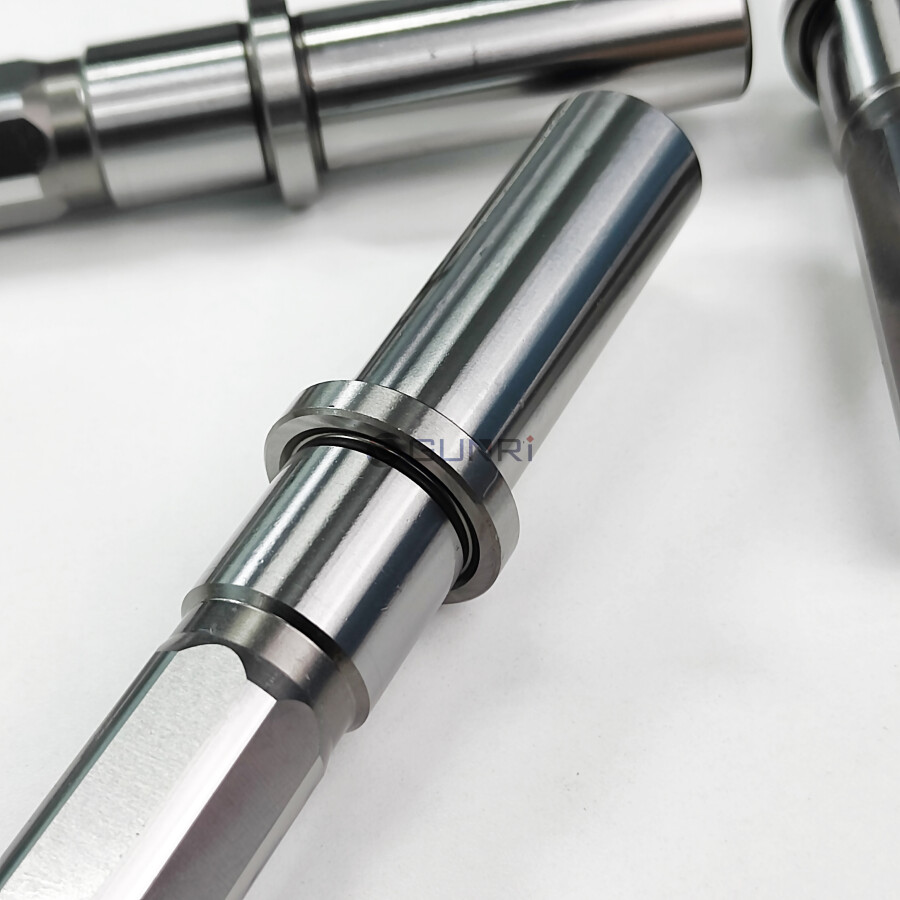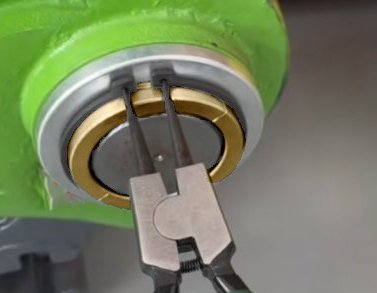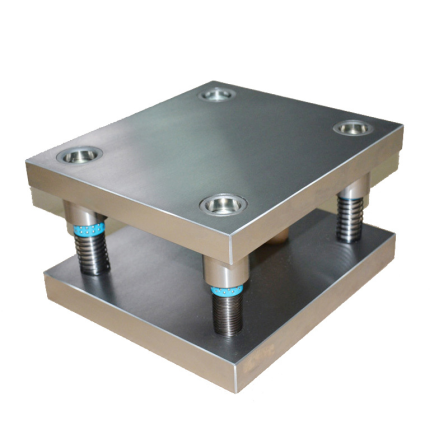The Precision Fit Between Guide Pillars and Guide Bushings: A Key to Mold Performance
In the realm of mold components, one of the most vital interactions that ensures a mold’s efficiency and precision is the fit between guide pillars and guide bushings. This fit not only contributes to the mold’s stability but also significantly impacts its longevity, performance, and the quality of final products. Understanding the intricate relationship between these two components is essential for optimizing mold design, ensuring durability, and achieving superior performance in manufacturing processes.
Understanding the Role of Guide Pillars and Guide Bushings
Guide pillars and guide bushings are integral components of a mold assembly. They work in tandem to ensure the smooth alignment of mold plates during the opening and closing cycles. Their interaction is pivotal for maintaining the mold’s structural integrity, ensuring that all moving parts work harmoniously to avoid misalignment, wear, and premature failure.
- Guide pillars, also known as leader pins, provide the alignment for the moving and stationary halves of the mold. They act as a guiding mechanism, ensuring precision movement during the mold’s operation.
- Guide bushings (also referred to as leader bushings) are the components that house the guide pillars. They serve as a supporting guide sleeve, allowing the guide pillars to move freely while maintaining tight tolerances.
The fit between these components must be both precise and well-calibrated to withstand the pressures exerted during molding operations. Any misalignment or improper fit can lead to wear and tear, ultimately reducing the operational lifespan of the mold and the quality of produced parts.
Types of Guide Pillar and Bushing Fits
Choosing the right fit between guide pillars and guide bushings depends on several factors, including the type of mold, materials being molded, and operational conditions. Below are the main types of fits:
1. Clearance Fit
A clearance fit allows for some play between the guide pillar and the guide bushing, providing freedom of movement with minimal friction. This type of fit is ideal for high-speed molding applications where smooth operation is critical. The clearance ensures that the guide pillars can move freely, reducing the risk of sticking or jamming.
- Advantages: Reduced wear, smooth operation, and lower friction.
- Disadvantages: May lead to slight misalignment over time if the clearance is too large.
2. Transition Fit
A transition fit strikes a balance between a tight and loose fit. It offers a more controlled movement with minimal play. This fit is commonly used in molds that require high precision but also need to accommodate some level of movement during the operational cycle.
- Advantages: Good balance between precision and ease of movement.
- Disadvantages: May still require periodic maintenance to prevent wear.
3. Interference Fit
An interference fit is a tight fit where the guide pillar and guide bushing are designed to have no clearance. This fit ensures maximum stability and alignment accuracy, making it ideal for high-precision molding operations. However, this type of fit increases friction and may lead to higher wear over time.
- Advantages: Enhanced alignment precision and stability.
- Disadvantages: Increased friction and potential for premature wear.
Materials Used in Guide Pillars and Guide Bushings
The choice of materials for both guide pillars and guide bushings significantly influences the performance and longevity of the mold. The materials must be capable of withstanding high temperatures, abrasion, and impact while maintaining dimensional stability.
1. Hardened Steel
Hardened steel is one of the most commonly used materials for guide pillars and guide bushings. Its high tensile strength, wear resistance, and durability make it an excellent choice for molds that undergo heavy usage. Hardened steel components can endure the rigors of high-pressure molding without losing shape or precision.
- Guide Pillars: Typically made from hardened tool steel, which offers excellent wear resistance and the ability to maintain close tolerances.
- Guide Bushings: Often constructed from hardened steel with precise internal dimensions to provide a smooth fit for the guide pillars.
2. Bronze Alloy
Bronze bushings are highly regarded for their self-lubricating properties, which reduce the need for external lubrication. This makes bronze bushings ideal for applications where maintenance access is limited or where high operating temperatures are expected.
- Advantages: High thermal resistance, excellent lubrication properties, and low friction.
- Disadvantages: Lower load-bearing capacity compared to steel.
3. Oil-Embedded Bushings
Oil-embedded guide bushings offer continuous lubrication during the operation of the mold. These bushings are impregnated with lubricants, reducing the need for additional maintenance and significantly decreasing friction.
- Advantages: Self-lubricating, low maintenance, and reduced wear.
- Disadvantages: May not withstand extremely high loads as effectively as steel bushings.
Precision Machining and Tolerances
Achieving a perfect fit between guide pillars and guide bushings depends largely on the precision of the machining process. Tight tolerances are necessary to ensure proper alignment and smooth operation. Typical tolerances for guide pillars and bushings are in the range of microns, and any deviation from these specifications can result in mold misalignment or failure.
- Guide Pillars are typically machined to a high level of precision to ensure that they fit perfectly into their corresponding bushings.
- Guide Bushings are manufactured with precise internal diameters that must match the external dimensions of the guide pillars.
The surface finish of both components also plays a crucial role. A smooth surface minimizes friction and reduces wear, extending the lifespan of the mold components.
Proper Maintenance of Guide Pillars and Bushings
Maintaining the integrity of the fit between guide pillars and guide bushings is essential for long-term performance. Regular maintenance, including inspection and lubrication, helps to reduce wear and prevents unexpected mold failures. It is crucial to monitor for signs of wear such as galling, scoring, or looseness.
- Lubrication: Frequent application of appropriate lubricants can minimize friction and reduce wear on both the pillars and bushings. For self-lubricating bushings, the maintenance cycle can be longer.
- Replacement: Over time, even the most durable materials will experience wear. Timely replacement of worn guide pillars or bushings is necessary to avoid compromising the precision of the mold.
Optimizing the Fit for High-Precision Applications
For industries where precision is paramount, such as automotive or aerospace manufacturing, achieving an interference fit between guide pillars and bushings can enhance overall performance. However, in high-speed production environments, a clearance fit might be more appropriate due to the need for lower friction and quicker operation cycles.
Custom Solutions for Enhanced Performance
In certain cases, custom-engineered guide pillars and bushings may be required to meet specific operational demands. By tailoring the materials, tolerances, and surface treatments, manufacturers can enhance the performance and durability of these components, ensuring that they meet the precise needs of their applications.







